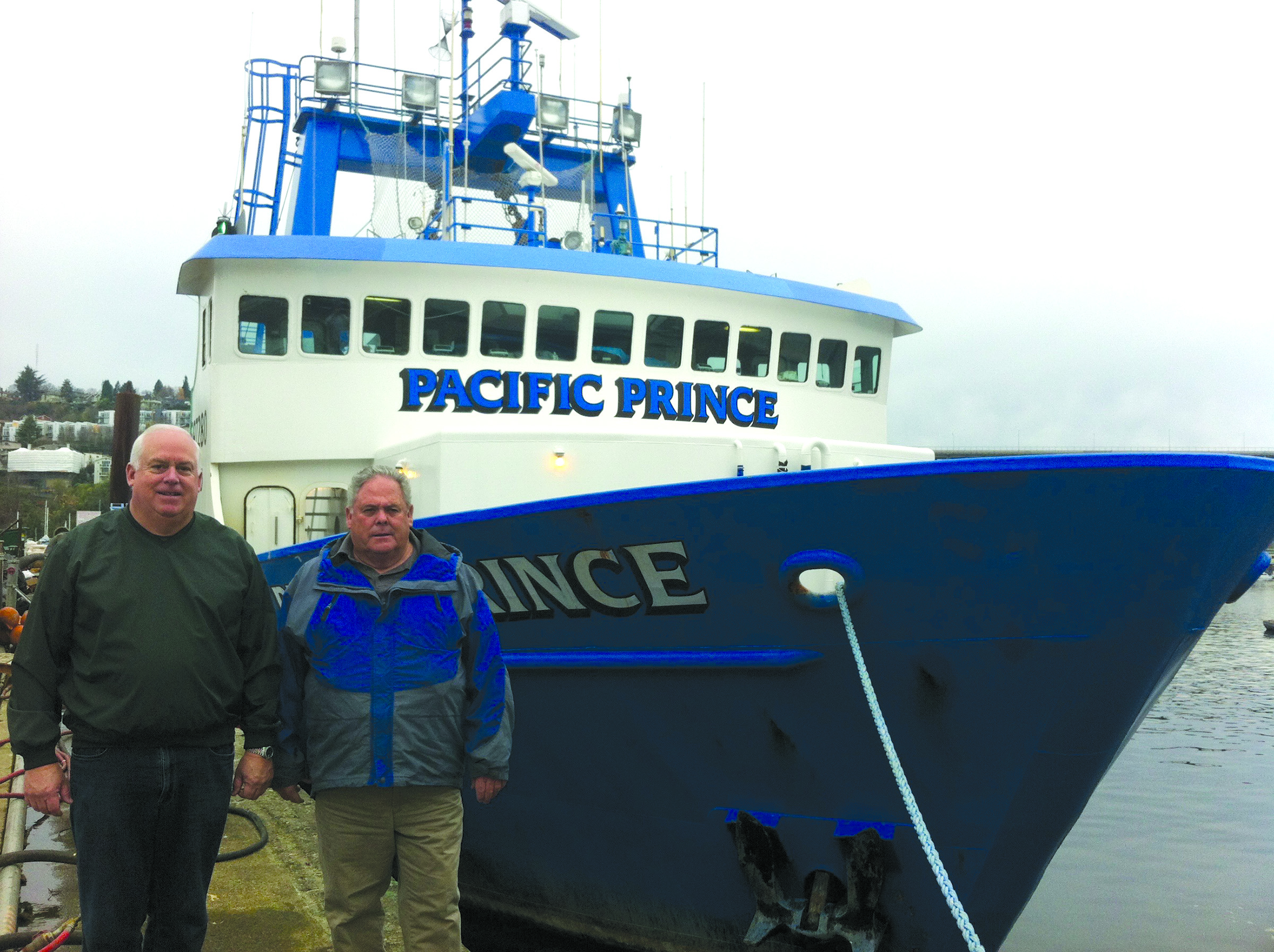How much firewood does it take to build a new 52-foot salmon troller? Bob Dooley has the answer to that and just about any other question about West Coast and Alaska fisheries you can throw his way.
When Brian Hagenbuch profiled Dooley as a 2017 NF Highliner, the title of his feature was "Community champion," and that's been Dooley's story through every decade of his nearly 60-year career.
Starting as a deckhand on a salmon troller out of his home town of Half Moon Bay, Calif., at the age of 11, Dooley ended his fishing career on Bering Sea and West Coast pollock and whiting trawlers. In his years on the water, he witnessed the inception of the Magnuson Act and the 200-mile limit, joint-venture fishing, observer coverage, Coast Guard safety regulations, and perhaps the biggest change in fishing in his lifetime — bycatch reduction.
"We went from the wild, wild west of joint ventures to overcapitalization of the fleet with the advent of factory trawlers, particularly in pollock and the West Coast in whiting. And we basically had 200 percent catching capacity with the same amount of fish," Dooley says, describing technological advancements and government programs that changed the way people went fishing.
Eventually, overcapitalization led to rationalization, consolidation and transparency in the fishery.
"You can look at the public documents now with co-op reports and see every vessel down to the last fish of any kind of fish they catch. If you look at the whiting informational reports for the at-sea cooperative sector, you can see how many eulachon a particular vessel caught in a year. It's all public. And it's good because we're radically aware of what we catch," Dooley says, noting that context is key when looking at the numbers.
"Some people look at catching 10 salmon as, 'Oh my god. That's terrible.' And other people look at it as, 'Wow you caught 30 million pounds of fish and you caught 10 salmon. That's pretty good!'"
Dooley has long been recognized for his leadership on bycatch reduction.
"You can never eliminate bycatch, you can minimize it by a lot of behavioral issues and gear innovations," Dooley says.
Over the years, he notes, the focus on bycatch has changed the fishery and fishing effort.
"When I left the dock joint-venturing, all I cared about was catching pollock or catching whiting. Now I don't leave really concentrating on catching pollock or whiting. I concentrate on avoiding most everything, and then hopefully catching pollock and whiting."
In the full video, Dooley takes us on a journey through his career, which now entails socially distanced management as a member of the Pacific Fishery Management Council and ongoing advocacy through his leadership as president of the board for Seafood Harvesters of America.
Though he retired from fishing in 2014, his involvement in fisheries management and policy has expanded exponentially, earning Dooley his Highliner status year over year.







